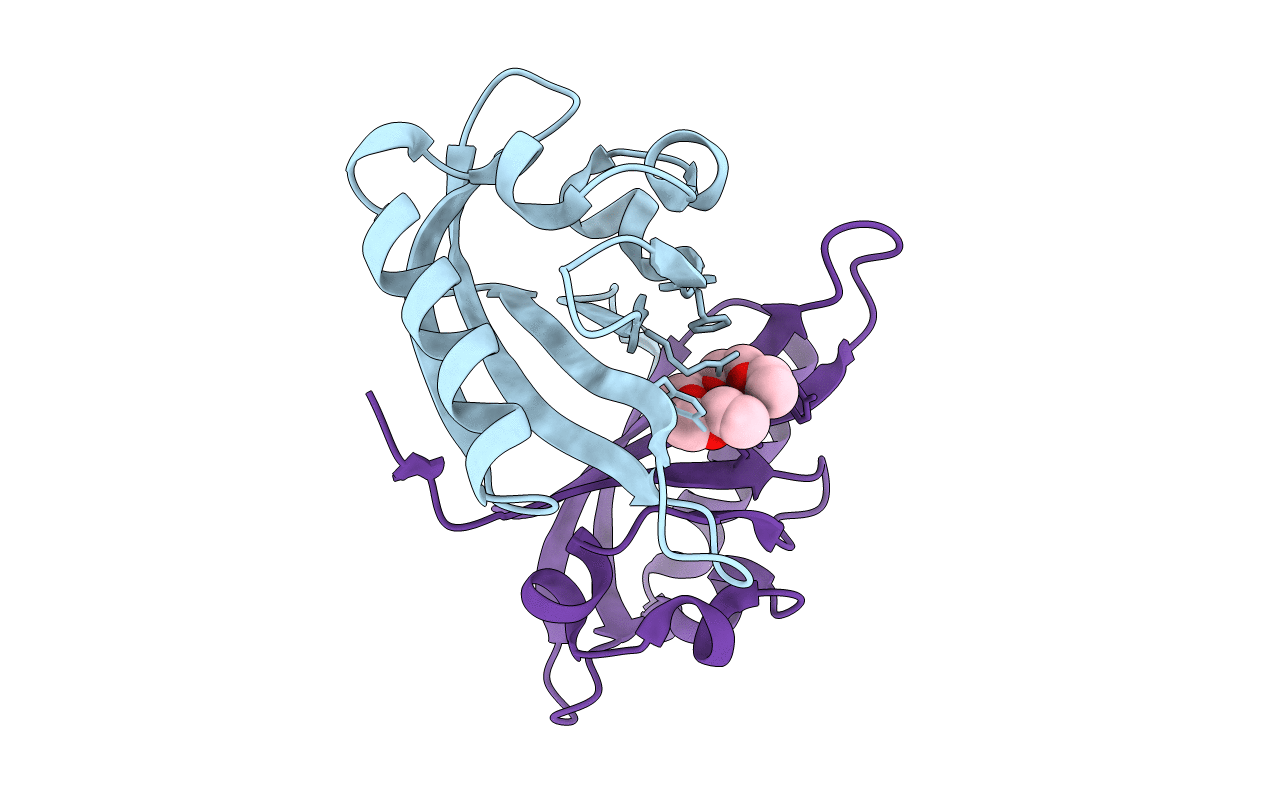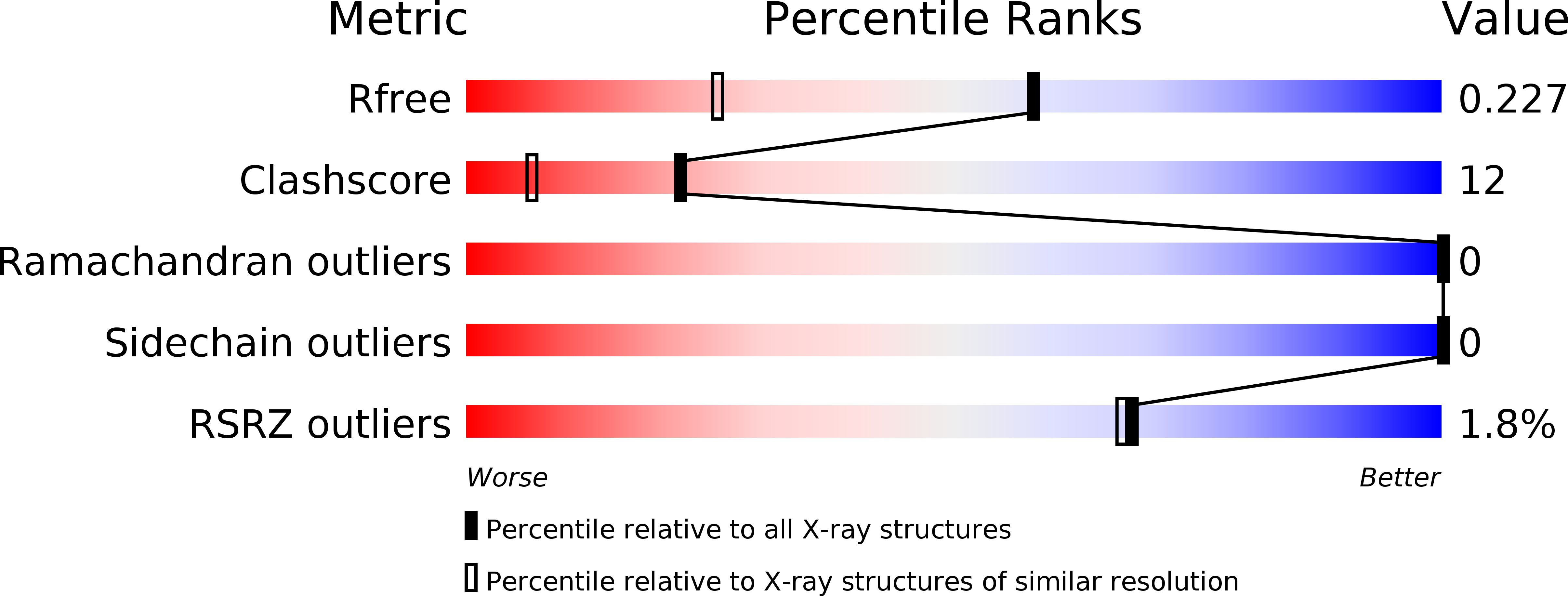
Deposition Date
2012-04-17
Release Date
2013-04-17
Last Version Date
2023-09-13
Method Details:
Experimental Method:
Resolution:
1.60 Å
R-Value Free:
0.22
R-Value Work:
0.20
R-Value Observed:
0.20
Space Group:
C 1 2 1


